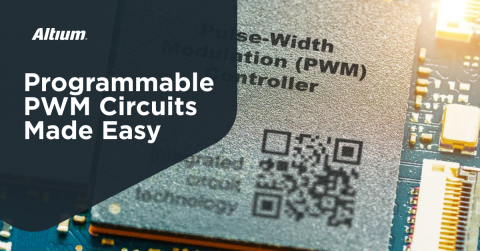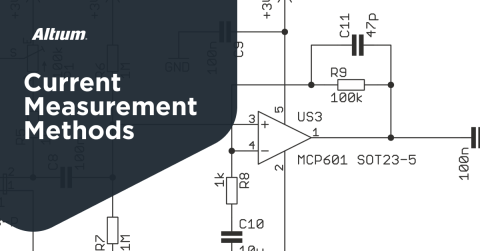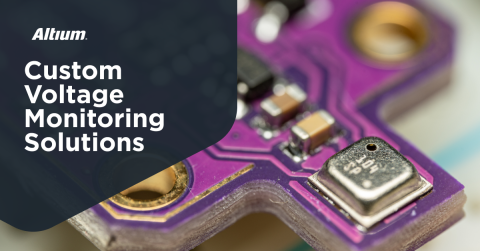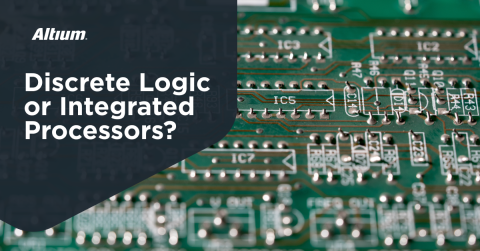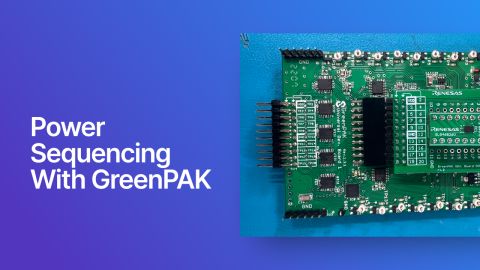Power Sequencer IC vs. Power Switch IC

Simple systems often use switches to control power flow and power-up, assuming they use anything at all… Production-grade systems go further and include multiple circuits for transient protection, toggling and timing power regulators, and ensuring reverse polarity protection. One of the simplest yet most important portions of a power system with multiple rails is the power sequencer circuit, which toggles power to peripherals in a specific order.
Power sequencers typically come in two flavors: power switch ICs and power sequencer ICs. They are related components that often require peripherals to use successfully, especially in production-grade systems where overvoltages, transients, and surges cannot occur during power-up. More elaborate solutions integrate thresholding measurements of power rails with a comparator in order to more accurately sense and control power sequencing functions.
Power Switch ICs
Power switch components are not manual switches, nor are they sequencers in a strict sense. Power switch ICs are the simplest component that can be used to implement a power sequencing scheme, essentially acting as an automated switch that passes power to a load. They are typically small package components that only require a few passives for basic functions.
There are several types of power switch ICs:
- Power switch ICs that use an external serial interface for toggling
- Power switch ICs with user-selected delay (e.g., with a resistor)
- Power switch controller ICs (typically high-side switches)
- Multi-rail power switch ICs
- Comparator-based power switch ICs with diode reverse polarity protection
The challenge with using a power switch IC is that the switch typically has no indication that upstream power regulators have fully toggled ON or are free of faults. This typically requires monitoring with some other circuit (such as a comparator) and establishing a logical state with a microcontroller, which then executes a logical condition to toggle ON or OFF downstream regulators. Fault monitoring can also be a challenge. This is where power sequencing ICs have been able to overcome some of the drawbacks associated with simple power switch ICs.
Power Sequencer ICs
Typical power sequencer ICs are designed to turn ON a set of power regulators with a known delay and in a specific order. A simple block diagram for a power sequencer IC is shown below, where the IC is toggling a set of three DC/DC converters.
The block diagram above shows a relatively simple component with fixed delay sequencing, which is generally based on the part number. Some components have variable delay, which would be set by the designer with an external resistor or capacitor. Finally, there are programmable delay power sequencer ICs, which typically have their delay set by an application on an MCU via a serial interface (most common is I2C).
Some power sequencer ICs do not have a delay at all and instead rely on monitoring or a logical condition to toggle each regulator in the series. The level of monitoring varies significantly across components. Some parts may require an external circuit or a PGOOD pin on the regulator, which may eliminate some regulator options as viable for use with a power sequencer IC. The simplest approach is using an external FET or comparator to implement monitoring and subsequent toggling of the next regulator, but this increases BOM count and the overall footprint of the power subsystem.
Programmable Mixed-Signal ICs
There is a component type that allows the implementation of power switch IC or power sequencer IC functions in the same package. This is a programmable mixed-signal IC, which is effectively a CPLD with an integrated analog front-end. By bringing interfaces into I/Os on these components, logical operations which are characteristic of CPLDs can be performed on measurements of analog signals.
This is the core function of a power sequencing IC with comparator-based monitoring: once the power on one rail reaches some minimum level, the next rail can be toggled ON, possibly with some applied delay. The simplest way to perform this measurement and toggling is with the analog comparator interface in a mixed-signal IC:
This is easily extended to higher numbers of power rails using more comparator measurements and daisy chaining each output to a new LUT in the mixed-signal IC macrocells. As delay can be applied within each macrocell, and any noise/transient on each rail can be addressed with hysteresis in the comparator measurement, power sequencing IC functionality can be implemented in a single component even with noisy power rails.
Another important aspect of a programmable mixed-signal IC is that it can handle a broader number of logical conditions within the system than a typical power sequencer IC. As sub-systems are powered up, they can be interrogated by the mixed-signal IC, such as through PGOOD or other indicator pins. With this CPLD-type capability in a mixed-signal IC, it’s possible to completely eliminate an MCU from a complex power system.
If you want a compact, easy-to-program solution for power monitoring and sequencing, use the GreenPAK product line from Renesas. GreenPAK is a set of hardware components and associated software solutions for programmable mixed-signal systems, and designers can leverage well-documented reference examples for applications like power sequencing and monitoring.
Whether you need to build reliable power electronics or advanced digital systems, use the complete set of PCB design features and world-class CAD tools offered by Altium to implement your GreenPAK solutions. Altium provides the world’s premier electronic product development platform, complete with the industry’s best PCB design tools and cross-disciplinary collaboration features for advanced design teams. Contact an expert at Altium today
